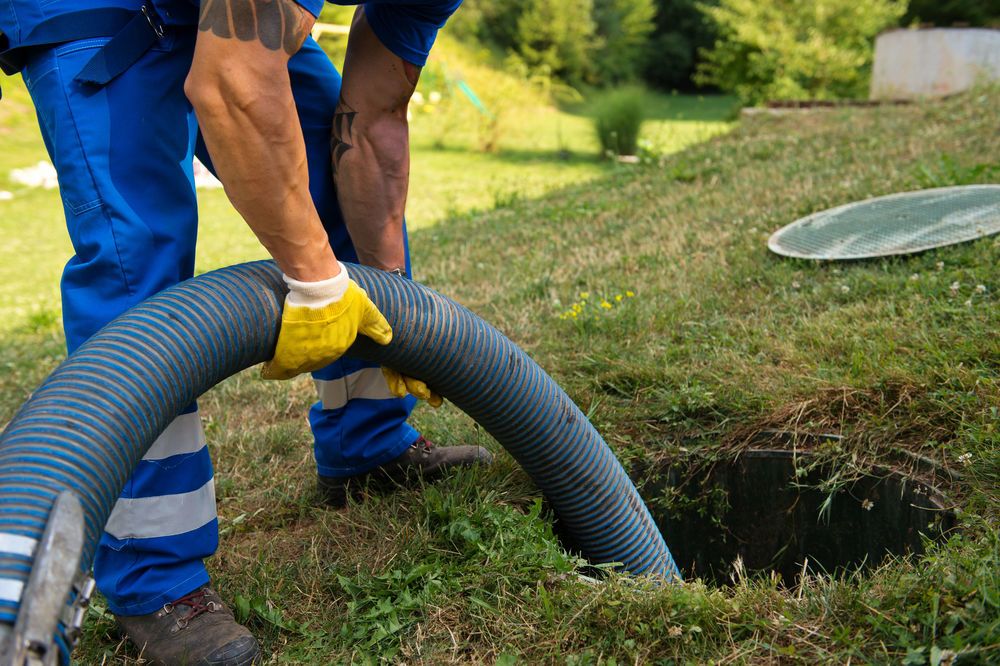Tips for Maintaining a Clean and Well-Functioning Grease Trap System.

 If you’re a business owner or manager, it’s important to have a basic understanding of grease trap pumping. A grease trap, also known as a grease interceptor, is a device that helps to separate fats, oils, and grease from water. FOG (fat, oil, and grease) can build up over time and cause problems with your plumbing system and sewer lines. That’s why it’s important to have your grease trap cleaning on a regular basis by a professional.
If you’re a business owner or manager, it’s important to have a basic understanding of grease trap pumping. A grease trap, also known as a grease interceptor, is a device that helps to separate fats, oils, and grease from water. FOG (fat, oil, and grease) can build up over time and cause problems with your plumbing system and sewer lines. That’s why it’s important to have your grease trap cleaning on a regular basis by a professional.
In this blog post, we’ll cover the basics of grease trap pumping. We’ll answer some common questions such as “What is a grease trap?” “Why do I need to pump my grease trap?” and “How often should I pump my grease trap?” We hope that this article will serve as a helpful resource for business owners who need to better understand the basics of grease trap pumping.
What is a Grease Trap?
As we mentioned earlier, a grease trap is also known as a grease interceptor. It’s a device that helps to separate FOG (fat, oil, and grease) from water before it has a chance to enter your plumbing system or sewer lines. Grease traps come in all different shapes and sizes, but they all serve the same basic purpose.
There are two main types of grease traps: gravity and mechanical. Gravity traps are typically used in residential applications while mechanical traps are more commonly used in commercial applications. Gravity traps rely on the fact that FOG is lighter than water and will float to the top of the tank while water sinks to the bottom. Mechanical traps use special baffles or screens to capture the FOG before it has a chance to enter the drainage system.
Why Do I Need to Pump My Grease Trap?
Grease traps need to be pumped on a regular basis in order to prevent them from becoming full and overflowing. When this happens, FOG can escape into your drainage system or sewer lines which can lead to serious plumbing problems. In addition, an overflowing grease trap can attract pests such as rats or roaches. No one wants these unwelcome critters in their place of business!
How Often Should I Pump My Grease Trap?
The frequency with which you need to pump your grease trap will depend on several factors such as the size of your tank, the amount of FOG going into your tank, and the number of people using your facility each day. As a general rule of thumb, most businesses should have their grease traps pumped every three months. However, some businesses may need to have their tanks pumped more frequently while others may be able to go longer between pumpings.
If you’re not sure how often you should have your grease trap pumped, it’s best to err on the side of caution and have it done more frequently rather than less frequently. This will help ensure that your tank doesn’t become full and overflow. A good rule of thumb is to have your tank pumped when it reaches 70% capacity.
We hope that this article has served as a helpful resource for business owners who need to better understand the basics of grease trap pumping. If you have any further questions or would like more information, please don’t hesitate to contact us at ABC Septic & Sewer Service today!


:quality(80):no_upscale()/https://bucket-api.domain.com.au/v1/bucket/image/12098633_1_pi_180405_055149-w1200-h900)

